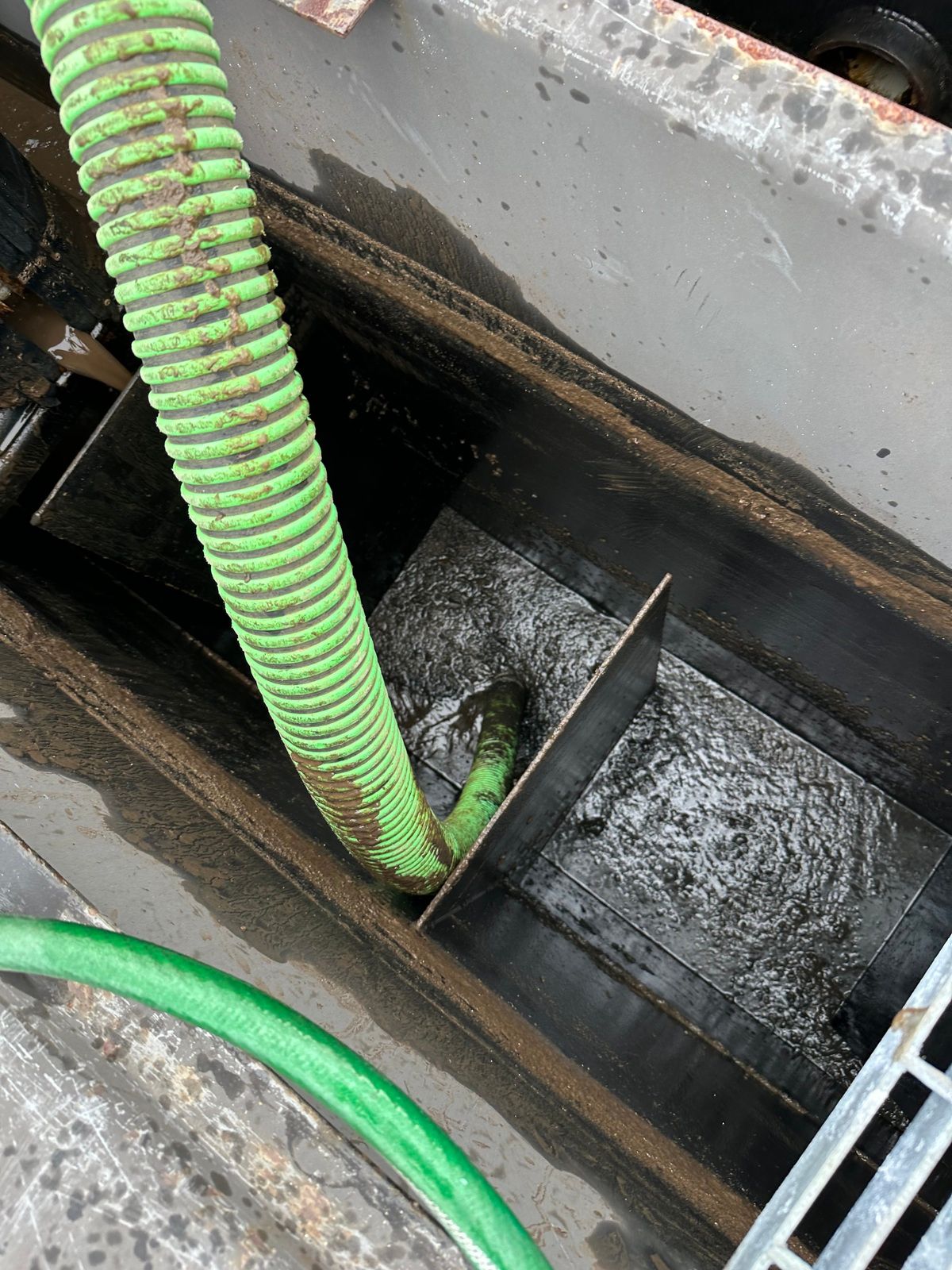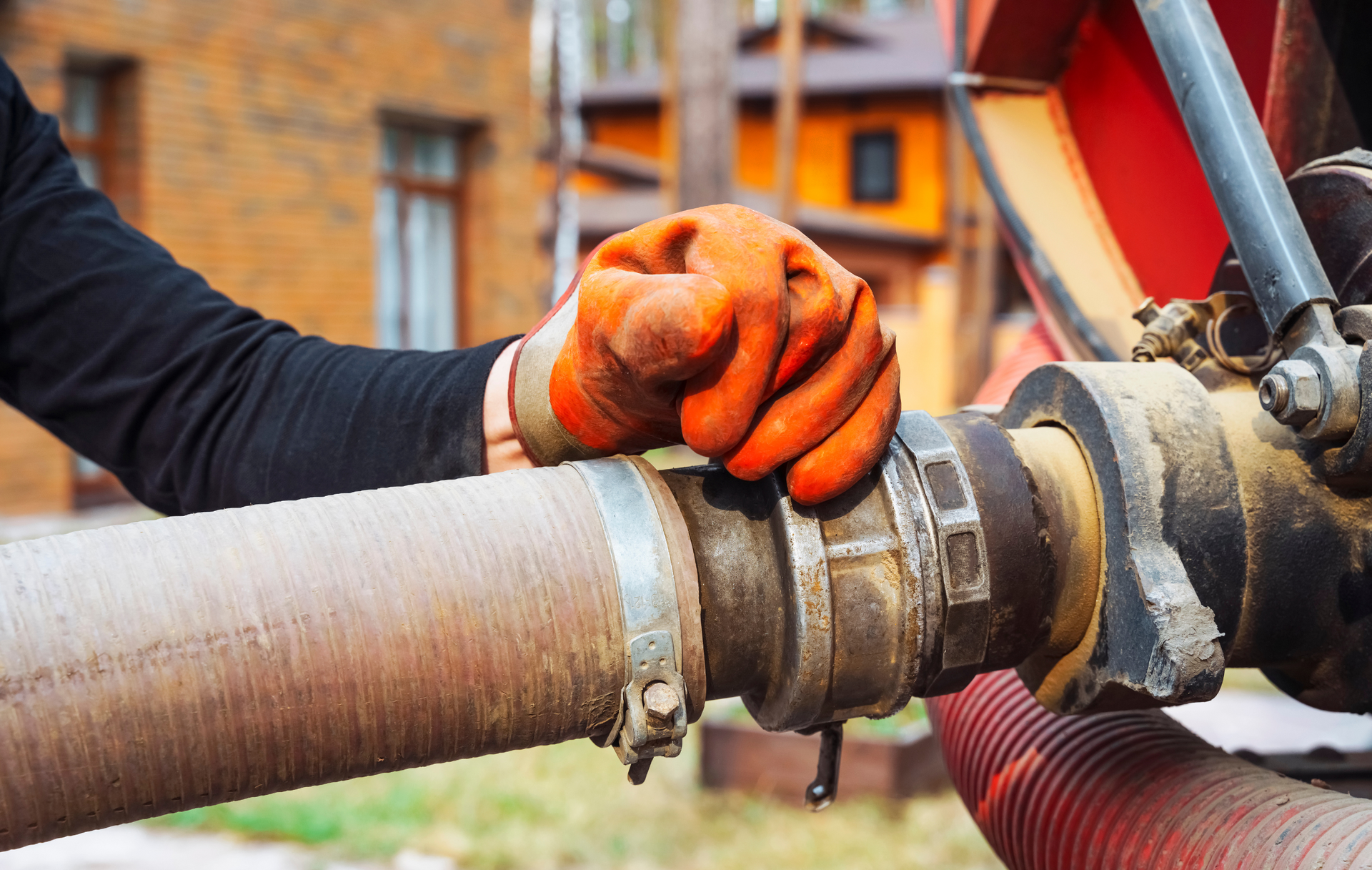Services

In Holly Springs, MS, maintaining a properly functioning septic system is essential for homeowners to ensure the health, safety, and environmental integrity of their properties. With the expertise of professional septic system service providers, residents can address their unique needs and challenges. This article explores the importance of expert septic system service in Holly Springs, MS, and how it caters to the specific requirements of residents. Comprehensive Inspections: Expert septic system service in Holly Springs, MS, begins with comprehensive inspections conducted by trained technicians. These inspections involve a thorough assessment of the entire septic system, including the tank, distribution lines, and drain field. By identifying potential issues early on, residents can prevent costly repairs and system failures. Customized Maintenance Plans: Every septic system in Holly Springs, MS, has its own set of requirements based on factors such as household size, usage patterns, and soil composition. Expert septic system service providers understand this and offer customized maintenance plans tailored to each resident's specific needs. These plans may include regular pumping schedules, inspections, and recommendations for system enhancements. Timely Repairs and Upgrades: In the event of a septic system malfunction or failure, residents in Holly Springs, MS, can rely on expert service providers to deliver timely repairs and upgrades. Whether it's a minor issue like a clogged drain line or a major problem like a damaged tank, experienced technicians have the knowledge and tools to resolve the issue efficiently. Additionally, they can recommend and implement system upgrades to improve performance and longevity. Environmental Compliance: Maintaining compliance with local regulations and environmental standards is crucial for septic system owners in Holly Springs, MS. Expert septic system service providers are well-versed in these regulations and ensure that all maintenance and repair work is conducted in accordance with legal requirements. By adhering to environmental standards, residents can avoid fines and penalties while protecting the surrounding ecosystem. Emergency Response: Septic system emergencies can occur unexpectedly and require immediate attention to prevent further damage and contamination. Expert septic system service providers in Holly Springs, MS, offer emergency response services to address urgent issues such as backups, overflows, and leaks. With prompt and efficient assistance, residents can minimize the impact of emergencies on their properties and the environment. Conclusion: Expert septic system service plays a vital role in meeting the diverse needs of residents in Holly Springs, MS. From comprehensive inspections to timely repairs and upgrades, professional service providers ensure that septic systems operate efficiently, comply with regulations, and safeguard the local environment. By entrusting their septic system maintenance to experts, residents can enjoy peace of mind knowing that their properties are in capable hands.

Septic tank pumping is a vital component of septic system maintenance for homeowners in Holly Springs, MS. Regular pumping helps prevent system failures, backups, and environmental contamination by removing accumulated solids and sludge from the tank. This article explores the importance of septic tank pumping in Holly Springs, MS, and highlights the key considerations for homeowners. Preventing System Failures: Over time, solid waste and sludge accumulate in the septic tank, reducing its capacity for wastewater treatment. Without regular pumping, these accumulated solids can overwhelm the tank, leading to backups, odors, and potential damage to the system. Septic tank pumping in Holly Springs, MS, removes these solids, preventing system failures and ensuring continued functionality. Maintaining Proper Functionality: A properly functioning septic tank relies on a delicate balance of solids, liquids, and microorganisms to break down waste and treat wastewater effectively. When solids accumulate in the tank, this balance can be disrupted, leading to inefficiencies and reduced treatment capacity. Septic tank pumping in Holly Springs, MS, helps maintain this balance by removing excess solids and allowing the tank to operate at optimal efficiency. Ensuring Environmental Protection: Septic tank pumping in Holly Springs, MS, is not only essential for preserving the functionality of the septic system but also for protecting the surrounding environment. Without proper maintenance, septic tanks can leak or overflow, releasing harmful pathogens and pollutants into the soil and groundwater. Regular pumping helps prevent these environmental hazards, ensuring clean water quality and safeguarding public health. Frequency of Pumping: The frequency of septic tank pumping in Holly Springs, MS, depends on several factors, including household size, water usage, and tank capacity. As a general rule, septic tanks should be pumped every 3 to 5 years to remove accumulated solids and maintain optimal performance. However, households with larger water usage or smaller tanks may require more frequent pumping to prevent issues. Professional Pumping Services: Professional septic tank pumping services in Holly Springs, MS, employ trained technicians and specialized equipment to safely and effectively remove solids from septic tanks. These professionals use vacuum trucks equipped with powerful pumps to extract the contents of the tank, ensuring thorough cleaning and proper disposal of waste. Additionally, professional pumpers may inspect the tank for signs of damage or leaks and provide recommendations for repairs or maintenance. Conclusion: Septic tank pumping is a crucial maintenance task for homeowners in Holly Springs, MS, helping to prevent system failures, protect the environment, and maintain proper functionality. By understanding the importance of regular pumping and working with professional service providers, homeowners can ensure the long-term performance and reliability of their septic systems.

Maintaining a clean and properly functioning septic tank is essential for homeowners in Holly Springs, MS, to ensure efficient wastewater treatment and prevent system failures. Regular septic tank cleaning is a crucial aspect of septic system maintenance, helping to remove accumulated solids and prevent clogs that can lead to backups and environmental contamination. This article explores the importance of septic tank cleaning in Holly Springs, MS, and provides valuable insights into the process. Importance of Regular Cleaning: Septic tanks accumulate solid waste and sludge over time, which can impede the flow of wastewater and reduce the tank's capacity for treatment. Regular septic tank cleaning in Holly Springs, MS, is necessary to remove these accumulated solids and prevent system malfunctions. Without proper cleaning, solids can build up and cause blockages in the tank, leading to backups, odors, and potential damage to the septic system and surrounding environment. Frequency of Cleaning: The frequency of septic tank cleaning in Holly Springs, MS, depends on several factors, including household size, water usage, and the size of the septic tank. As a general rule, septic tanks should be pumped and cleaned every 3 to 5 years to remove accumulated solids and maintain optimal system performance. However, households with larger water usage or smaller tanks may require more frequent cleanings to prevent issues. Professional Cleaning Services: Professional septic tank cleaning services in Holly Springs, MS, employ trained technicians and specialized equipment to safely and effectively remove accumulated solids from septic tanks. These professionals use vacuum trucks equipped with powerful pumps to pump out the contents of the tank, ensuring thorough cleaning and proper disposal of waste. Additionally, professional cleaners may inspect the tank for signs of damage or leaks and provide recommendations for repairs or maintenance. DIY Cleaning Tips: While professional septic tank cleaning is recommended for optimal results, homeowners in Holly Springs, MS, can take certain measures to help maintain cleanliness between cleanings. Avoid flushing non-biodegradable items such as wipes, sanitary products, and grease down the drain, as these can contribute to clogs and buildup in the tank. Additionally, using water efficiently and minimizing the use of harsh chemicals can help preserve the microbial balance in the tank and promote effective waste digestion. Environmental Considerations: Proper disposal of septic tank waste is critical to protecting the environment and public health in Holly Springs, MS. Professional cleaning services adhere to strict regulations and guidelines for the safe disposal of septic waste, ensuring compliance with environmental laws and regulations. By working with reputable cleaning providers, homeowners can minimize the environmental impact of their septic system maintenance activities and contribute to a cleaner, healthier community. Conclusion: Septic tank cleaning is a vital aspect of septic system maintenance for homeowners in Holly Springs, MS, helping to ensure proper wastewater treatment and prevent system failures. By understanding the importance of regular cleaning and working with professional service providers, homeowners can preserve the cleanliness and functionality of their septic systems, protecting public health and the environment for years to come.

